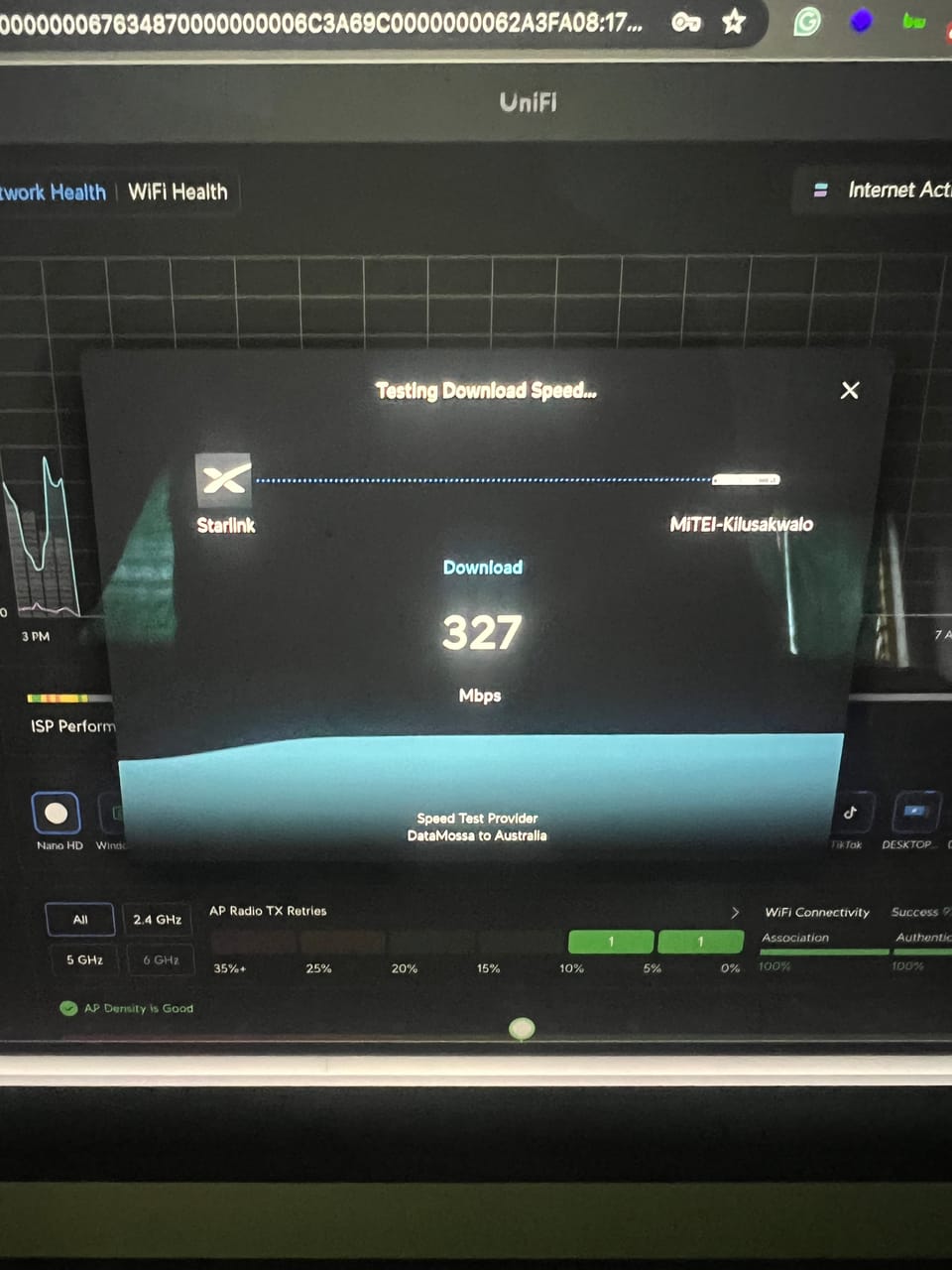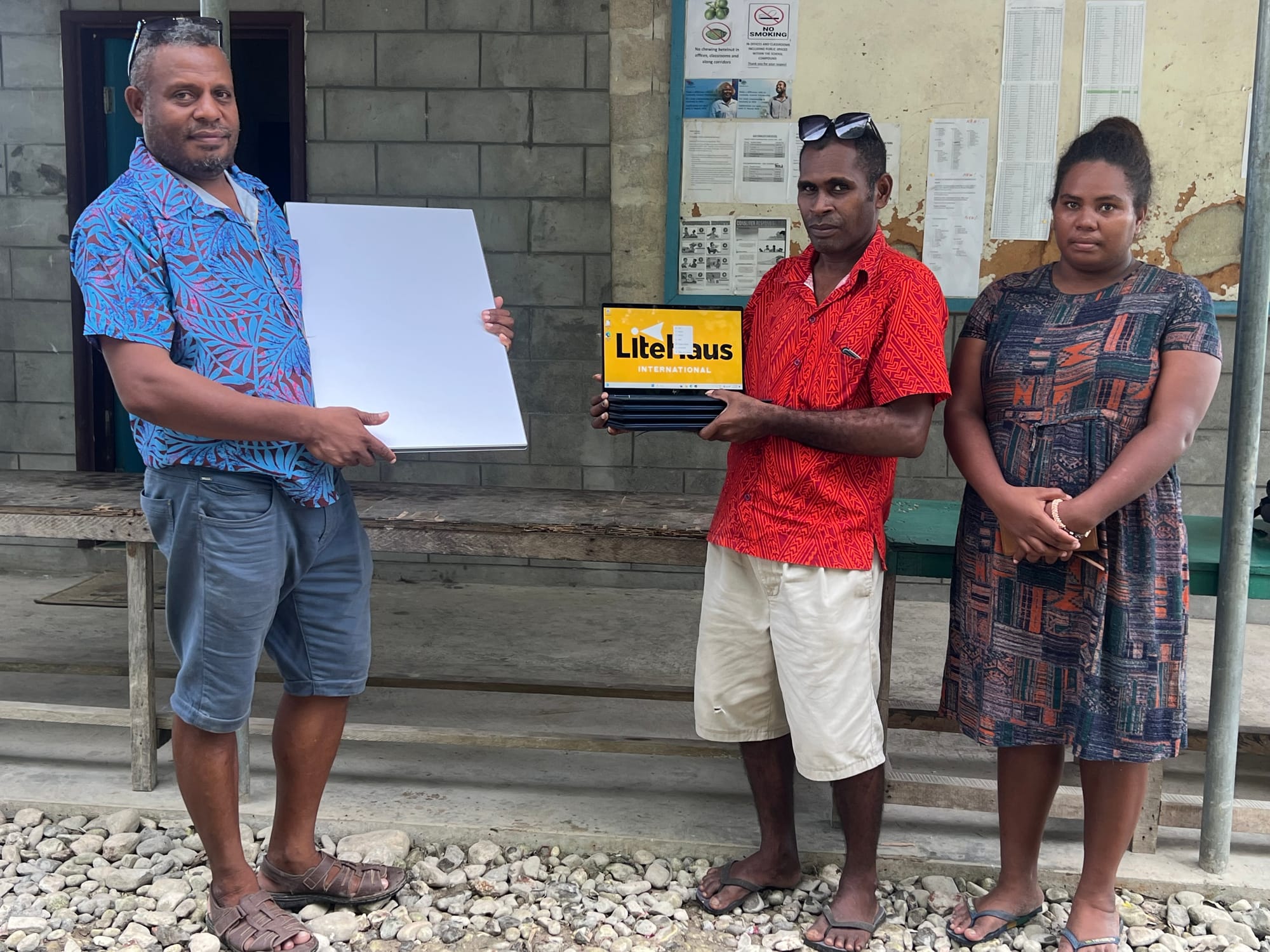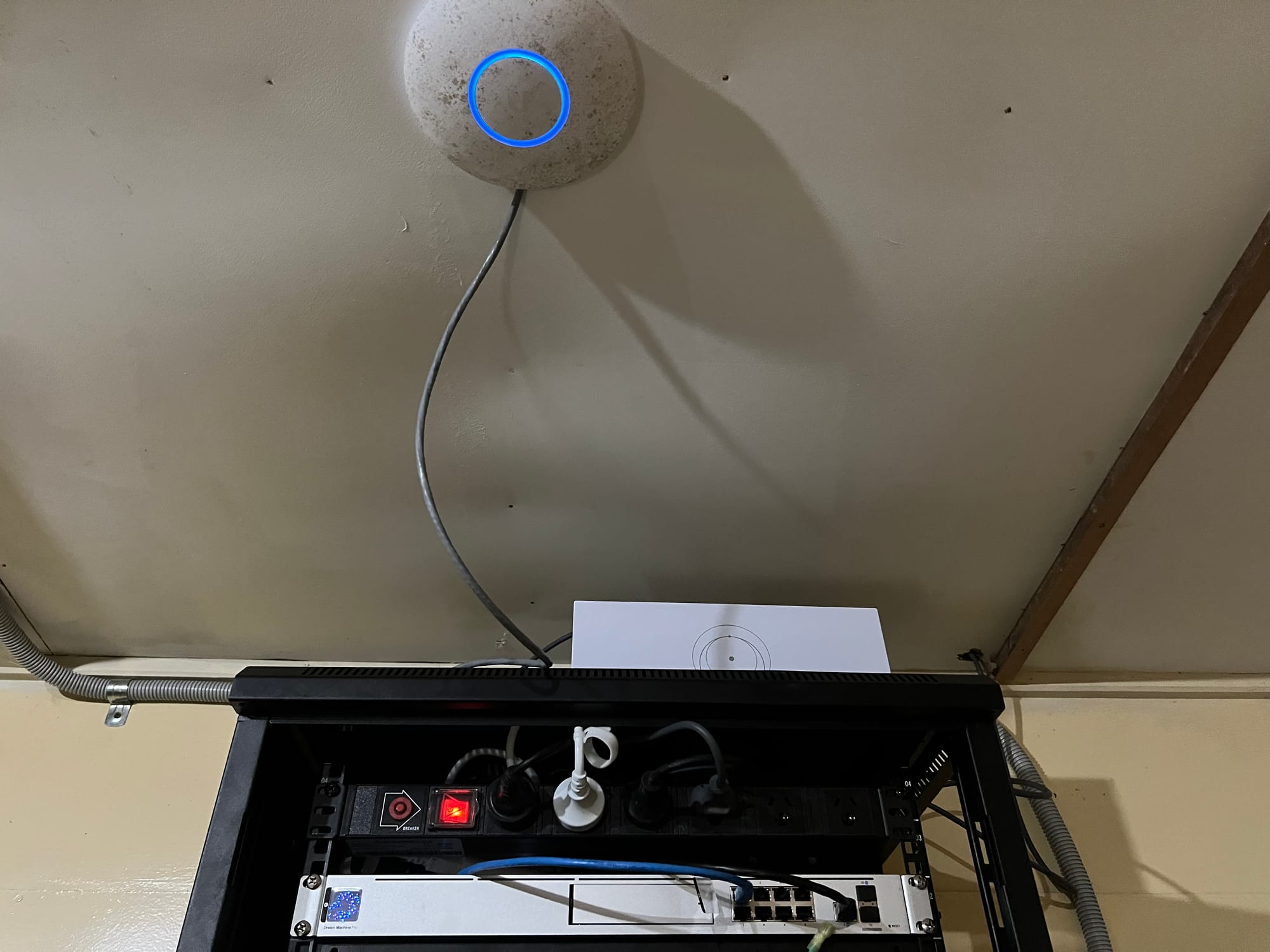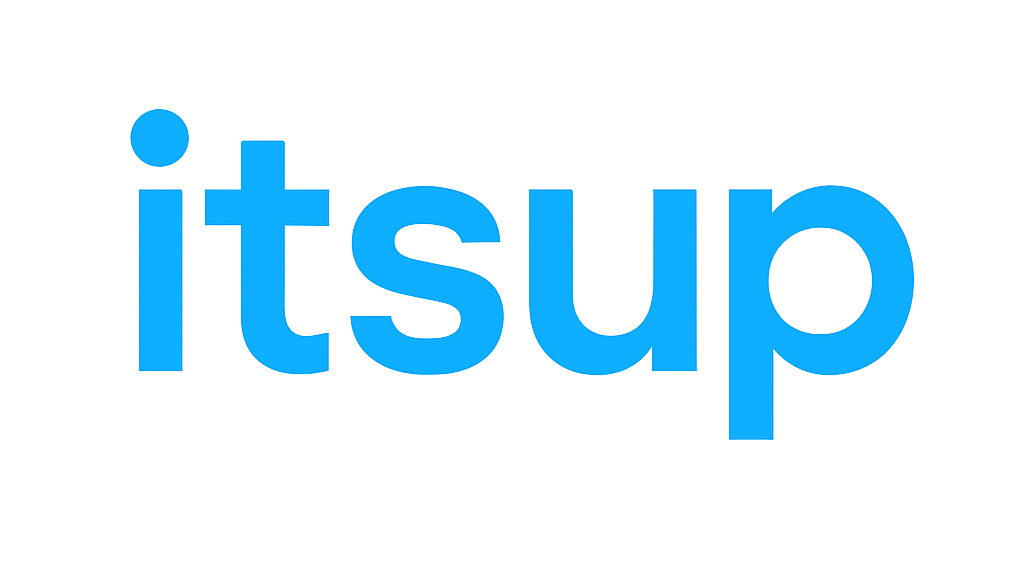How Starlink and Ubiquiti Are Rewiring Education in Rural Solomon Islands

In the heart of the South Pacific, where thick rainforest canopies meet pristine coastlines, the promise of the digital age often fades with the setting sun—especially for schools tucked deep in the remote hills of Malaita Province, Solomon Islands. But a silent revolution is brewing in these underserved classrooms, one fueled by satellites and smart routers.
At the center of this technological renaissance is Starlink Generation 3, SpaceX’s latest low-earth orbit (LEO) satellite internet system, and an arsenal of Ubiquiti gear—namely the UDM Pro, UDM SE, NanoHD, and AC Mesh devices. Together, they're forming a rugged, reliable digital bridge that connects students and teachers in rural villages to the vast knowledge networks of the world.
And leading the charge is the Mala I Tolo Education Initiative, a grassroots education reform program focused on enabling equal access to modern learning tools.

From Isolation to Information Superhighway
For decades, students in the Solomon Islands have been tethered to outdated textbooks and blackboard pedagogy. The internet—if it existed at all—was a painfully slow, unreliable experience that often discouraged more than it empowered.
Enter Starlink Gen 3. With faster throughput, lower latency, and a more stable connection, this generation of Starlink is tailor-made for places like Malaita. It requires no legacy ground infrastructure, just a clear view of the sky. And in a place where terrestrial ISPs struggle to penetrate the landscape, this is a game-changer.
“We’re not just giving students WiFi,” says David Subu, the Moderator for Mala I Tolo. “We’re giving them access to the world.”
Smart Networking: Why Ubiquiti is the Perfect Partner
While Starlink provides the bandwidth, Ubiquiti provides the control. The deployment leans on enterprise-grade devices—the UDM Pro and UDM SE serve as the backbone of each school’s network.
These devices do more than just route traffic. They segment networks, enforce firewalls, and host advanced web filtering—crucial in educational settings where exposure to inappropriate or distracting content can undermine the very purpose of connectivity.
NanoHD and AC Mesh access points, known for their durability and scalability, create WiFi hotspots that can cover classrooms and open-air learning spaces alike. Students connect to dedicated student networks with pre-set restrictions, while staff connect to a more secure, high-bandwidth channel with fewer content restrictions. Everyone gets what they need—nothing more, nothing less.

Filtering Out the Noise
In an era of misinformation, web filtering is not optional—it’s foundational. The UDM series devices tap into DNS-based filtering solutions and firewall-level policies to ensure students are shielded from predatory ads, adult content, and harmful misinformation.
“There’s a delicate balance between censorship and protection,” says Brian Mangi, an IT technician working with Mala I Tolo. “We’re not restricting knowledge; we’re curating it for growth.”
The Power Problem
The Achilles’ heel of this digital transformation? Electricity.
While the tech stack is solid, the challenge lies in consistently powering the Starlink dish, Ubiquiti devices, and supporting infrastructure. Some schools operate on solar setups pieced together from donor contributions. Others rely on fuel-hungry generators that sputter to life when the diesel arrives—if it arrives.
There’s growing interest in combining solar microgrids with battery storage to ensure that, once the sun sets, learning doesn’t have to.
Beyond the Classroom Walls
What’s happening in Malaita isn’t just about downloading PDFs or watching Khan Academy videos. It’s about opening up pathways—for students to research scholarship opportunities, for teachers to join virtual professional development sessions, for principals to coordinate with the Ministry of Education in real-time.
And in emergencies, when roads become rivers and communities are cut off, these networks can act as lifelines—relaying critical updates and coordinating disaster responses.
A Blueprint for Remote Education
While this initiative is just one node in the archipelago’s education grid, it offers a compelling proof of concept: reliable internet can exist in the bush. But more importantly, it can be safe, structured, and smartly deployed.
The Starlink + Ubiquiti combo isn’t just about gigabytes—it’s about hope. It's a signal to the world that no matter how remote, no school should be left offline.
And with initiatives like Mala I Tolo pushing the frontier, the Solomon Islands just might become a model for rural connectivity in the developing world.
